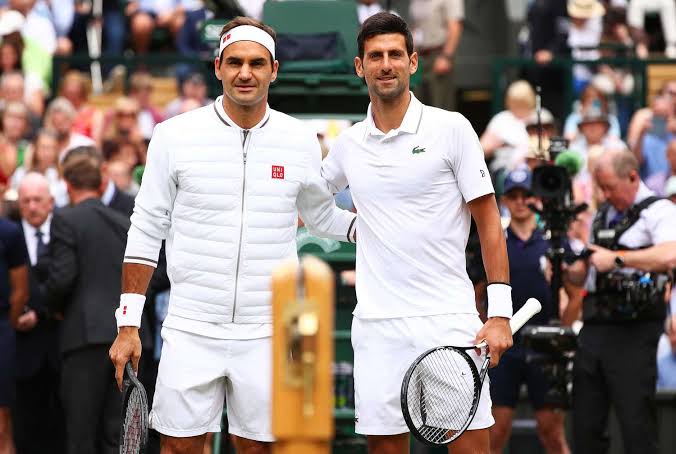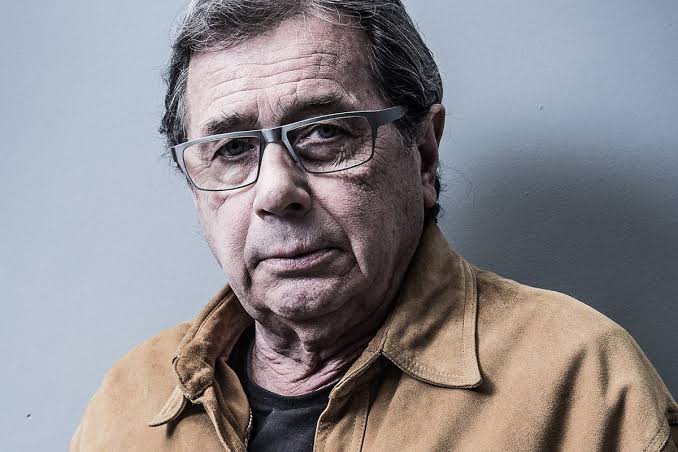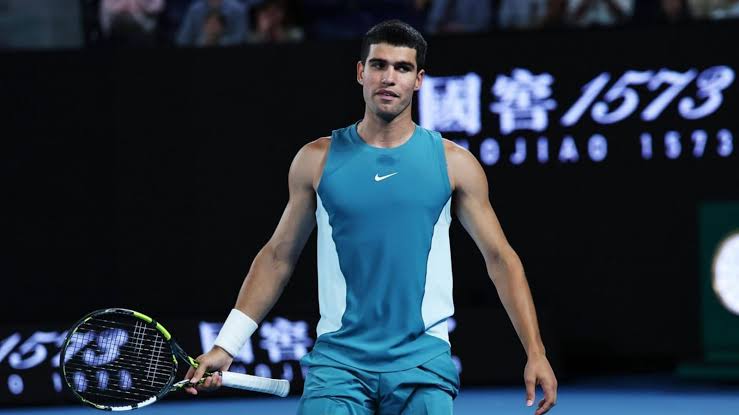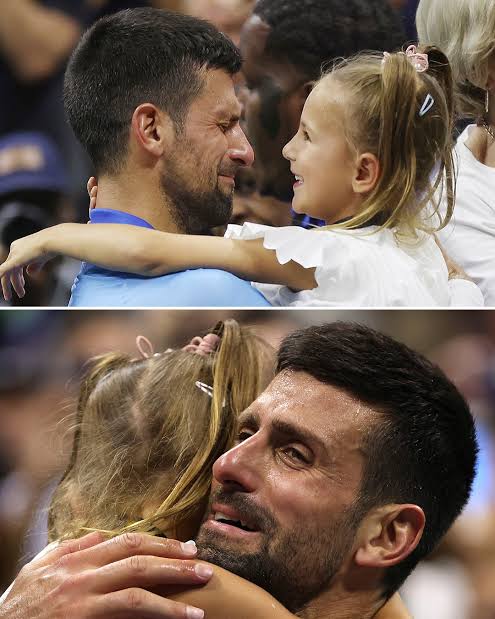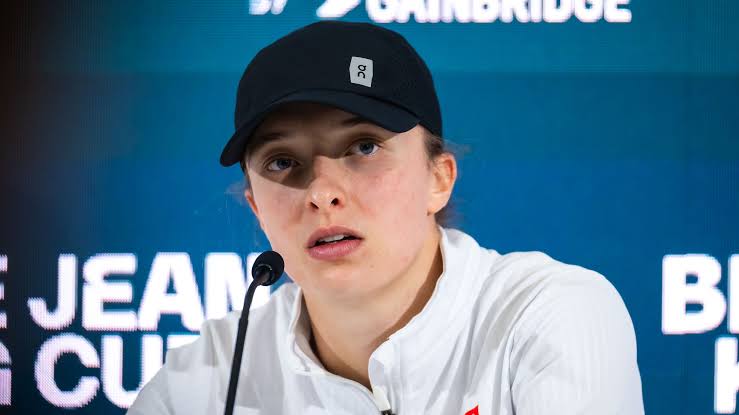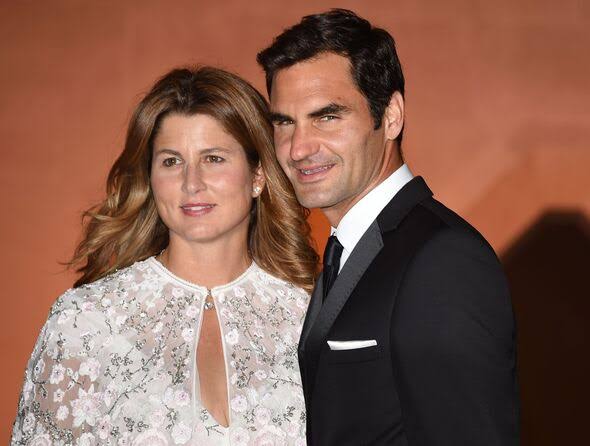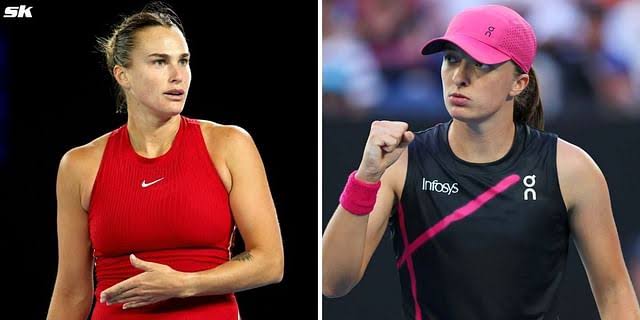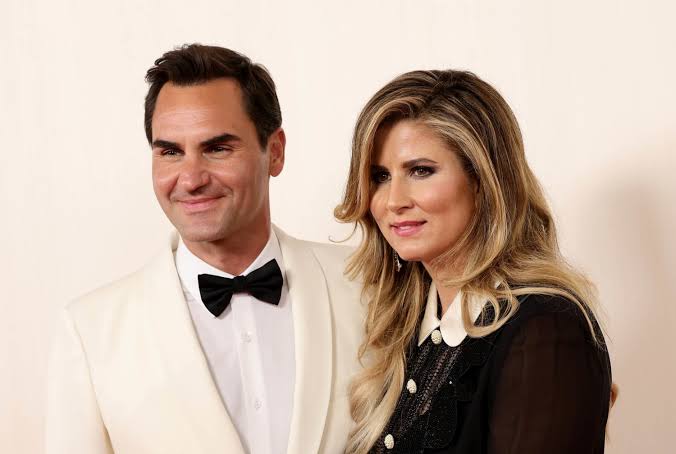Novak Djokovic: The World’s No. 1 Tennis Player Surpassing Roger Federer
Tennis has long been a sport dominated by legendary players who redefine the game with their skills, consistency, and passion. Among the greatest names in tennis history, Roger Federer and Novak Djokovic stand out as two of the most accomplished players of all time. Federer, once considered the undisputed king of tennis, held multiple records and was admired for his elegant playing style and sportsmanship. However, in recent years, Novak Djokovic has established himself as the dominant force in men’s tennis, ranking as the world’s No. 1 player and surpassing Federer in various records and achievements.
This essay will explore Djokovic’s journey to the top, his rivalry with Federer, the statistics that place him ahead, and the factors that contributed to his unparalleled success. It will also discuss the legacy both players have built and what Djokovic’s dominance means for the future of tennis.
Novak Djokovic’s Rise to the Top
Early Life and Career Beginnings
Novak Djokovic was born on May 22, 1987, in Belgrade, Serbia. From a young age, he displayed immense talent and dedication to tennis. Training at the Pilic Academy in Germany as a teenager, Djokovic quickly made a name for himself on the junior circuit. His breakthrough in professional tennis came in 2008 when he won his first Grand Slam title at the Australian Open, defeating Jo-Wilfried Tsonga in the final.
Despite early struggles against Federer and Rafael Nadal, Djokovic steadily improved his game. By 2011, he had transformed into a formidable competitor, winning three Grand Slam titles and securing the world No. 1 ranking for the first time. His intense work ethic, mental resilience, and ability to adapt to different playing conditions made him one of the toughest players on tour.
The Federer-Djokovic Rivalry
Federer’s Dominance in Tennis
Roger Federer, widely regarded as one of the greatest tennis players in history, was the face of the sport for nearly two decades. With a record-breaking 20 Grand Slam titles, Federer dominated the ATP Tour with his elegant shot-making, powerful serves, and tactical brilliance. His rivalry with Rafael Nadal defined an era of tennis, with both players pushing each other to new heights.
Federer’s influence on the sport was unparalleled. His effortless style of play, combined with his consistency and sportsmanship, made him a global icon. Many believed that his records, including the most weeks spent as world No. 1, would remain unchallenged. However, Djokovic’s rise presented a new challenge to Federer’s reign.
Djokovic’s Edge Over Federer
Djokovic and Federer have had one of the most thrilling rivalries in tennis history. Their head-to-head record favors Djokovic, with the Serbian winning more matches against Federer, particularly in Grand Slam finals. One of the most defining moments of their rivalry came at the 2019 Wimbledon final, where Djokovic defeated Federer in an epic five-set match, saving multiple championship points.
Statistically, Djokovic has surpassed Federer in several key areas:
1. Weeks at No. 1: Djokovic holds the record for the most weeks spent as the world No. 1, surpassing Federer’s previous record of 310 weeks.
2. Head-to-Head Record: Djokovic has a winning record against Federer in their career meetings, demonstrating his consistency in big matches.
3. Grand Slam Titles: As of recent years, Djokovic has equaled or surpassed Federer’s Grand Slam count, cementing his place at the top.
4. Masters 1000 Titles: Djokovic has won the most Masters 1000 titles, a category of tournaments just below the Grand Slams, showcasing his dominance throughout the season.
These achievements highlight why Djokovic is now considered superior in statistical terms, despite Federer’s historical greatness.
The Keys to Djokovic’s Success
Physical and Mental Strength
One of Djokovic’s greatest strengths is his endurance and flexibility. His ability to slide on hard courts, retrieve impossible shots, and maintain peak physical fitness has set him apart from his rivals. Unlike Federer, who relies on attacking play, Djokovic’s defensive skills allow him to outlast opponents in long rallies.
Mentally, Djokovic is one of the toughest players in tennis history. His ability to handle pressure, come back from losing positions, and perform at the highest level in decisive moments has defined his career.
Adaptability and Tactical Intelligence
Djokovic’s playing style is highly adaptable. Whether facing aggressive baseline players or serve-and-volley specialists, he adjusts his strategy to counter his opponents’ strengths. His return of serve is regarded as the best in tennis, neutralizing even the most powerful servers.
Consistency Across All Surfaces
Unlike Federer, who has struggled on clay courts, Djokovic has found success on all surfaces. He has won multiple titles on hard courts, grass, and clay, making him one of the most versatile players in history. His victories at the French Open, where Nadal was once unbeatable, further demonstrate his adaptability.
Djokovic’s Impact on Tennis
Breaking Records and Setting New Standards
Djokovic’s success has forced tennis analysts and fans to reconsider what it means to be the greatest player of all time. With records in weeks at No. 1, head-to-head dominance over Federer and Nadal, and an increasing number of Grand Slam titles, his legacy continues to grow.
Influence on Future Generations
Djokovic’s rise has also inspired a new generation of tennis players. His emphasis on fitness, diet, and mental resilience has changed the way athletes approach the game. Players now recognize the importance of holistic preparation, from diet to mental
The debate over who is the greatest of all time (GOAT) in tennis will continue for years. Federer remains the most beloved player due to his artistry and influence, but Djokovic’s statistical superiority cannot be ignored.
With more weeks at No. 1, a better head-to-head record, and increasing Grand Slam victories, Djokovic has surpassed Federer in key areas. While Federer’s elegance and legacy will always be cherished, Djokovic’s relentless pursuit of excellence has firmly established him as the world’s No. 1 tennis player.
In the end, both players have left an indelible mark on tennis, each contributing uniquely to the sport’s history. However, based on achievements and records, Novak Djokovic now stands at the top, having surpassed Roger Federer as the greatest player in modern tennis.
